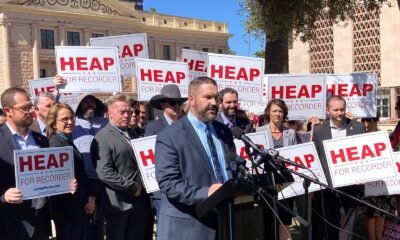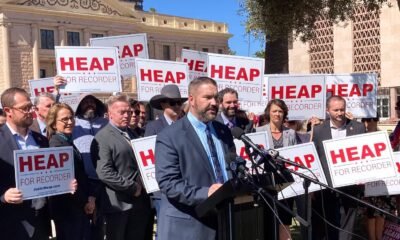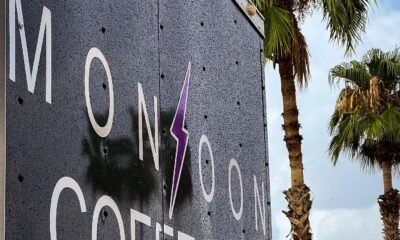Amber Liermann
Maricopa: Unmasking the Civic Apathy in Our Hometown

Maricopa is experiencing a notable disconnect between local political candidates and voters. Despite the candidates’ efforts to engage, many residents remain apathetic towards the electoral process.
In the recent primary election, voter turnout in Maricopa plummeted to a staggering 22%, a decline from over 27% in the 2020 primaries. Over 45,000 registered voters chose not to participate, indicating a significant level of disinterest in local governance.
Brayan Sandoval, a 38-year-old resident, reflected this sentiment. He admitted to being unaware of his polling location. “I didn’t even know where to go vote,” he said, highlighting a common reason for the lack of participation. This sentiment is echoed by others who don’t feel invested in local elections.
In stark contrast to Australia, where voting is mandatory, the U.S. allows individuals to abstain without repercussions. Yet the chilling reality remains: it’s easier to face jail time for voting-related crimes than for non-participation. In Maricopa, particularly, skepticism about election integrity has led to widespread voter apathy.
Political experts identified multiple reasons for Maricopa’s lackluster voter engagement: the transient nature of its residents, a young demographic, dissatisfaction with candidates, and a lack of local awareness. With many new residents deciding not to vote, the claim that elections are “weird here” resonates deeply.
Results from the July 30 primary hinted at a non-competitive atmosphere, as incumbents won their seats with considerable margins. Mayor Nancy Smith defeated her challenger, Leon Potter, by nearly 30 points, a clear sign of the unchallenged status quo.
Chuck Coughlin, a political consultant, pointed to the city’s status as a commuter community, suggesting this detachment diminishes residents’ connection to local elections. With four out of five adults working elsewhere, civic engagement falters. Census data shows a third of the city’s population moved there within the last two election cycles, further destabilizing consistent voter participation.
This “bedroom community” phenomenon reveals patterns—young voters, in particular, are noted for their disengagement. Kale Armstrong, a 21-year-old from Glennwilde, expressed intent to vote in the upcoming general election but admitted a struggle to gather sufficient information about local candidates. “You have to dig deep to find out who the candidates are,” he mentioned.
In contrast, precincts with older populations reported significantly higher turnout rates. Locations with a median age over 65 achieved participation rates as high as 33%. This highlights the disparity that exists between different demographics within Maricopa.
Comparatively, Fountain Hills demonstrated a stark contrast, achieving a turnout of 56% during the same elections. The reasons? An older voting base, combined with more robust local campaigns that financial investments can generate, foster engagement that Maricopa lacks.
As Maricopa grapples with low turnout, candidates struggle to raise funds. In the latest city elections, fundraising efforts yielded a meager total of just over $17,000. Most contributions originated from the candidates’ own pockets, rather than widespread community support.
According to electoral experts, the scarcity of help and financial backing further complicates successful campaigns in Maricopa. Without investment from the community, excitement for local elections dwindles.
Despite these challenges, there is hope for improvement. As the city matures, experts believe increased experience among residents will eventually lead to higher participation rates. Coughlin stated that, “As the community gets older and has more experienced people on the council, turnout will incrementally go up.”


















